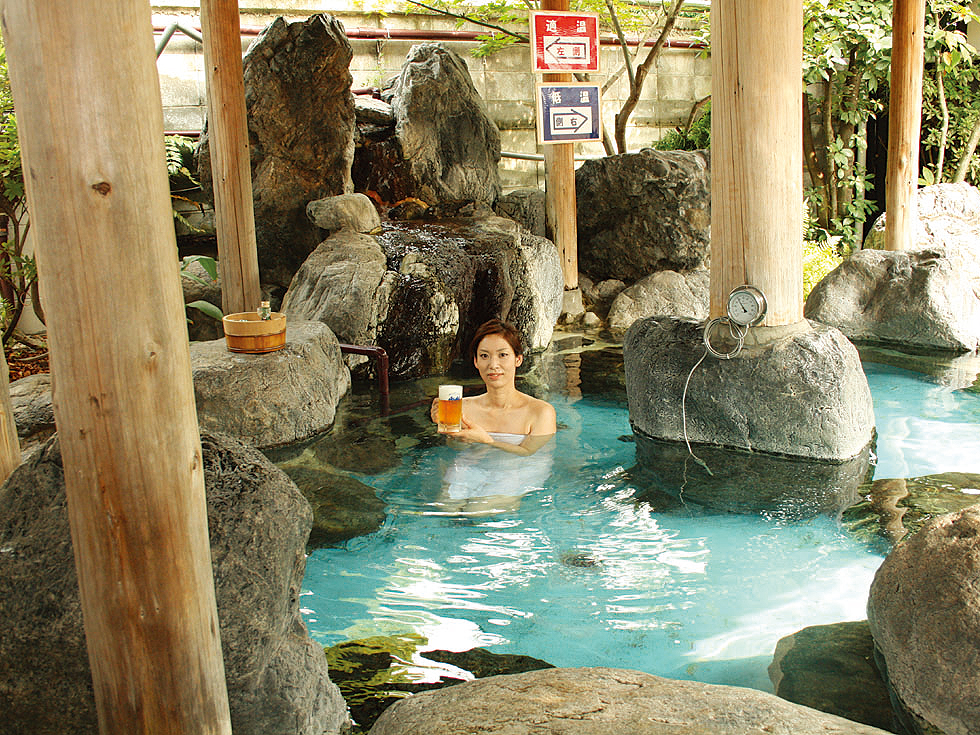
ホテル花景色 虹の湯
筑後川温泉郷にあり、源泉かけ流しの湯が自慢の温泉宿で、別館・虹の湯で日帰り入浴が可能。硫黄のほのかな香りと、しっとりとした肌ざわりで「美人の湯」と言われている湯は、5つの貸切風呂と大岩風呂・すべり台付風呂など、バラエティ豊かな浴槽で楽しめる。昼食や夕食と入浴をセットにしたプランもある。
Info
Business Hours
Spot Category
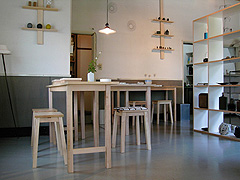
The information provided reflects the details available at the time of the survey.
Please note that facility details may change due to the facility’s circumstances, so please check for the latest information before visiting.
This content has been translated using machine translation.
Information provided by: JTB Publishing
The content uses an automatic translation service, which is not always accurate.
The translated content may be different from the original meaning, so please understand and use it.

筑後川温泉郷にあり、源泉かけ流しの湯が自慢の温泉宿で、別館・虹の湯で日帰り入浴が可能。硫黄のほのかな香りと、しっとりとした肌ざわりで「美人の湯」と言われている湯は、5つの貸切風呂と大岩風呂・すべり台付風呂など、バラエティ豊かな浴槽で楽しめる。昼食や夕食と入浴をセットにしたプランもある。

筑後川温泉の旅館・清乃屋で、日帰り入浴を受け付けている。入浴するたびに肌がツルツルになる飲める温泉「紅葉の湯」がある。家族湯の利用も可能だ。
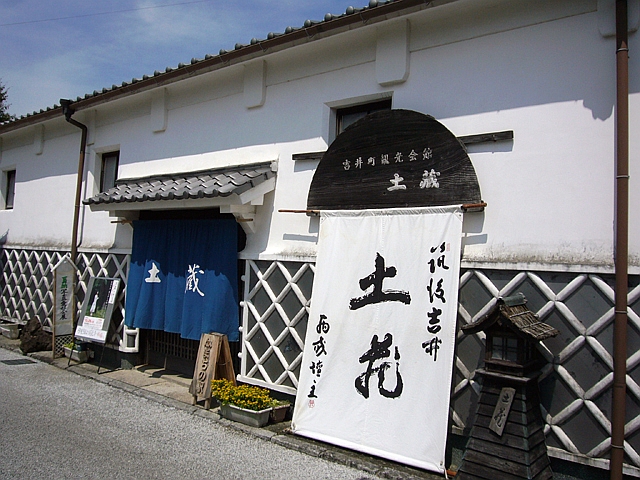
実際に使われていた酒蔵を利用した観光会館。おみやげものなどを販売。

A town where temples were collected during the Edo period for the defense of Kurume Castle. It is lined with 17 temples, and still retains the features of the Edo period. In each quaint temple there are tombs of many of the predecessors who were active in Kurume. The most well-known people are King Shishi Takayama Hikokuro, the founder of Kurume mochi, Inoue Den, the founder of Kurume Atsuji, Motozo Sakamoto, and the Western painter Harue Koga.
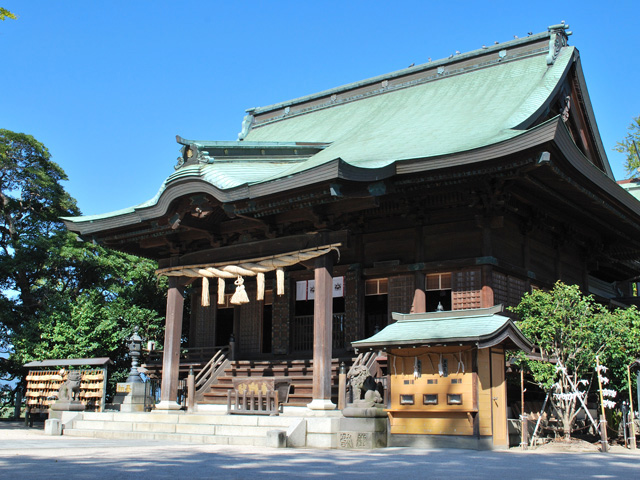
Sōhō-gū of Suiten-gū, which is located throughout the country. The beginning was that Ise, who served Emperor Andoku's birth mother, Takakura Taira Nakamiya [Azechi no Tsuboune], enshrined the spirit of the Heike, who had perished in the Battle of Nōnoura, to mourn. It is known as the guardian deity of asanis, child-giving, water-relief, and children.
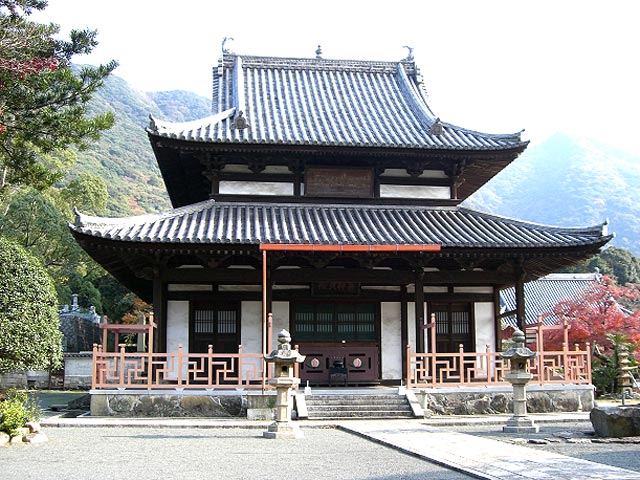
The temple of Obaku sect in a corner of Adachi Forest Park. The feudal lord, Tadamasa Ogasawara, was erected in Kanbun 5 (1665). It was later vanished by military fire and fire of Chōshū Cavalry at the end of the Tokugawa period. The main hall was rebuilt in Kyoho 2 (1717). Kaesando and others were built after the Meiji era. There is a garden behind the main hall, and the Sesshu Garden, which has natural stones in a borrowed view of Mount Ashitate, is a must. Please note that some of the precincts in the direction of the back mountain are unwatchable.
This website uses cookies so that we can provide you with the best user experience possible. Cookie information is stored in your browser and performs functions such as recognising you when you return to our website and helping our team to understand which sections of the website you find most interesting and useful.
Strictly Necessary Cookie should be enabled at all times so that we can save your preferences for cookie settings.
If you disable this cookie, we will not be able to save your preferences. This means that every time you visit this website you will need to enable or disable cookies again.
